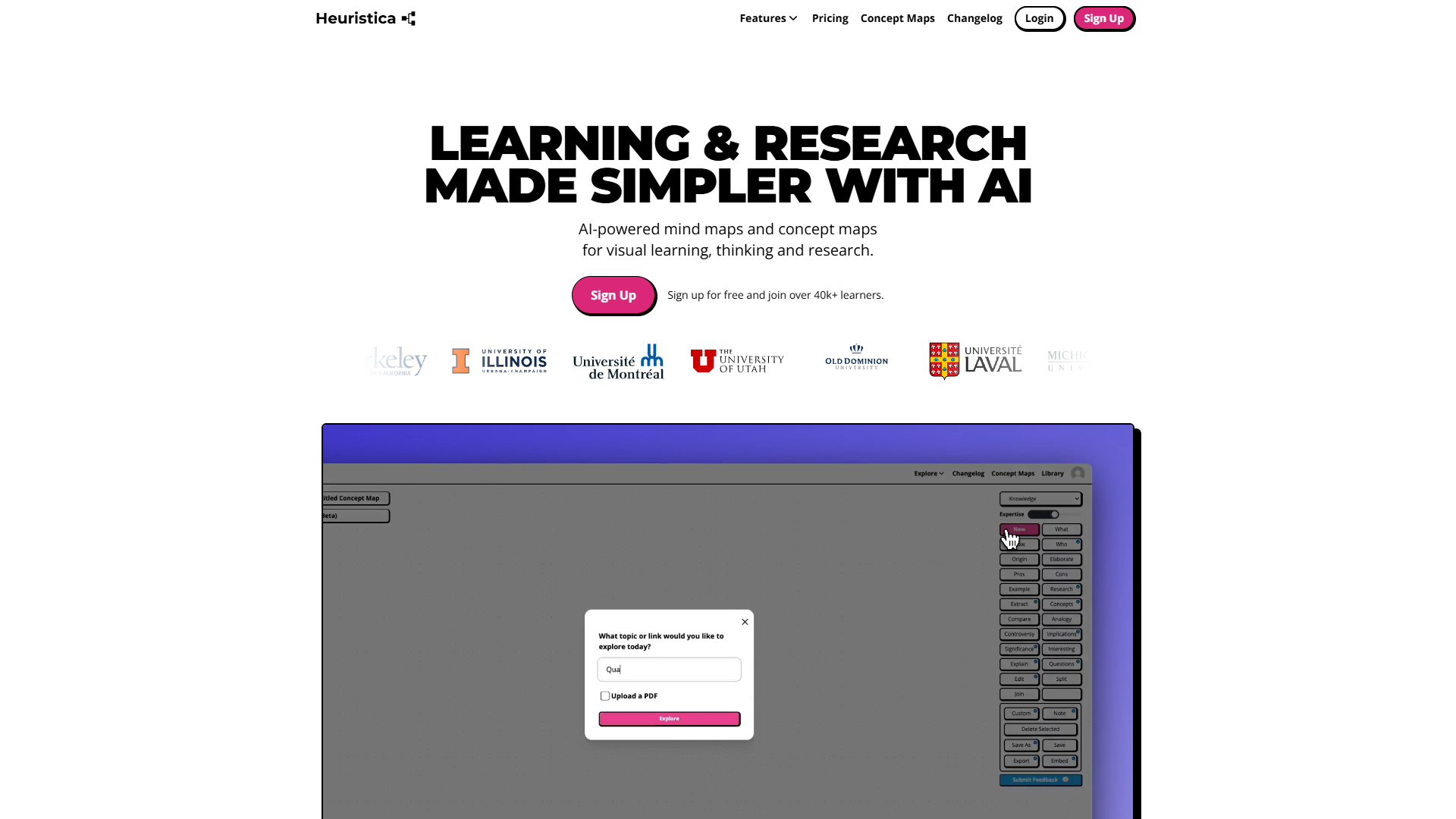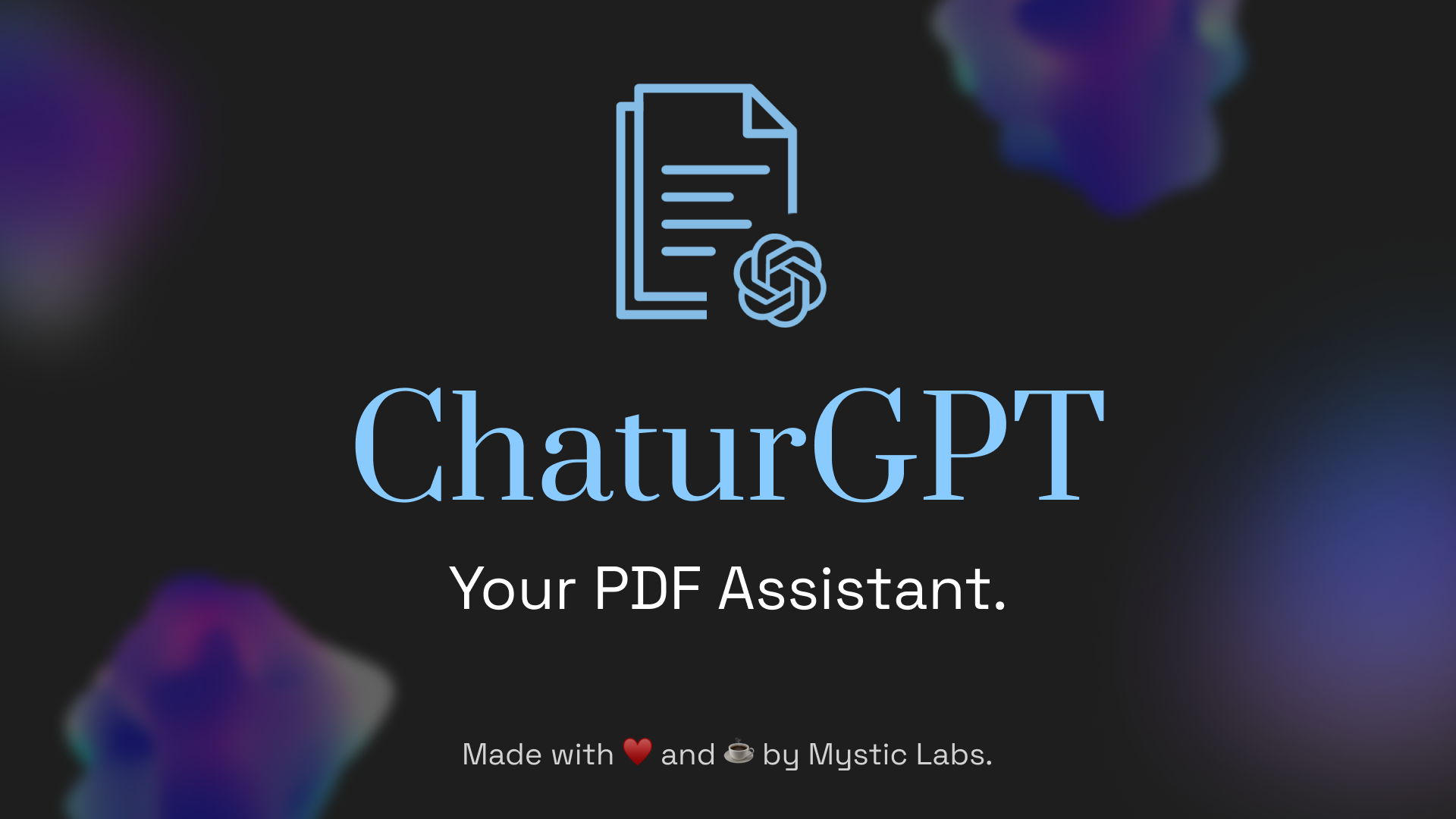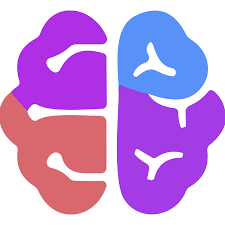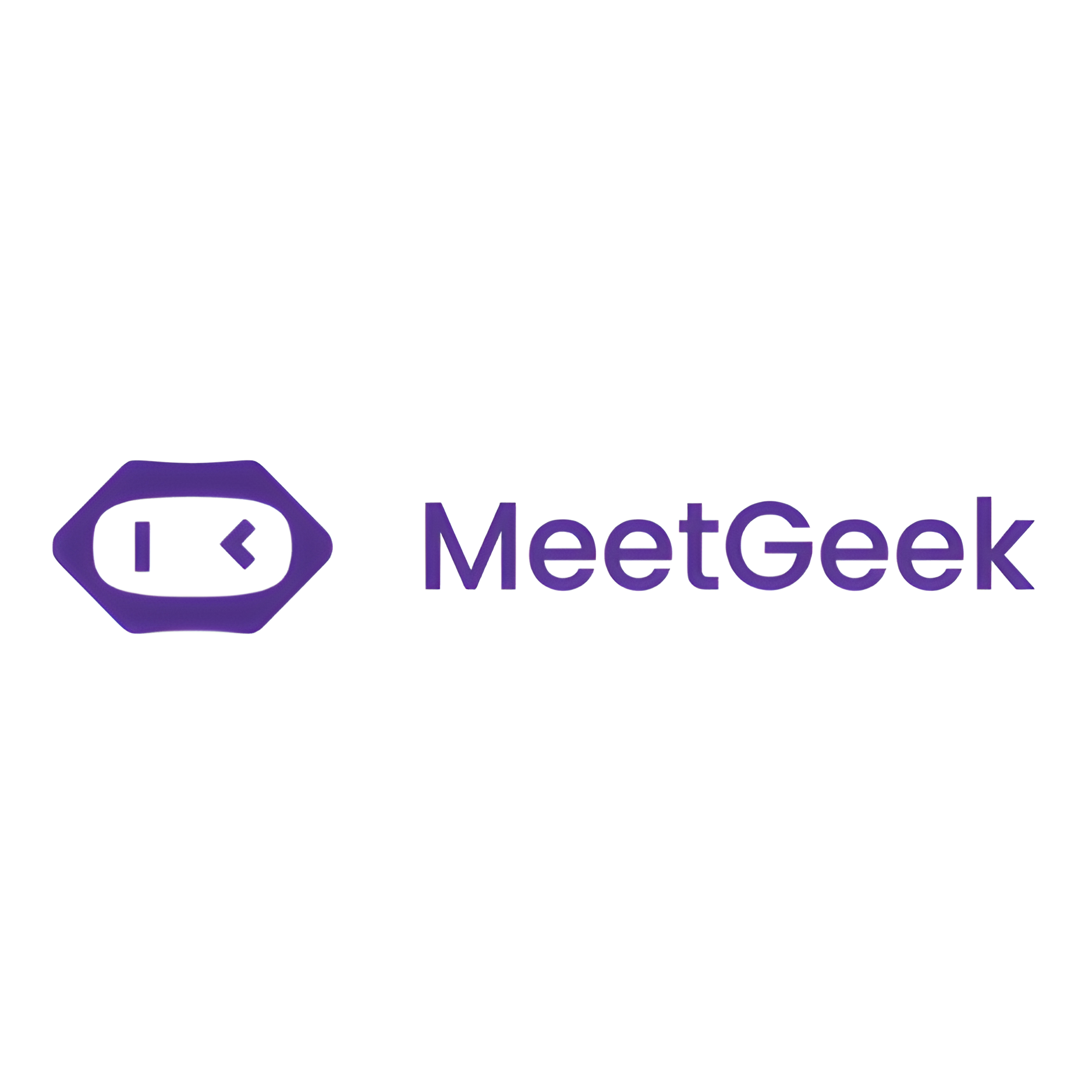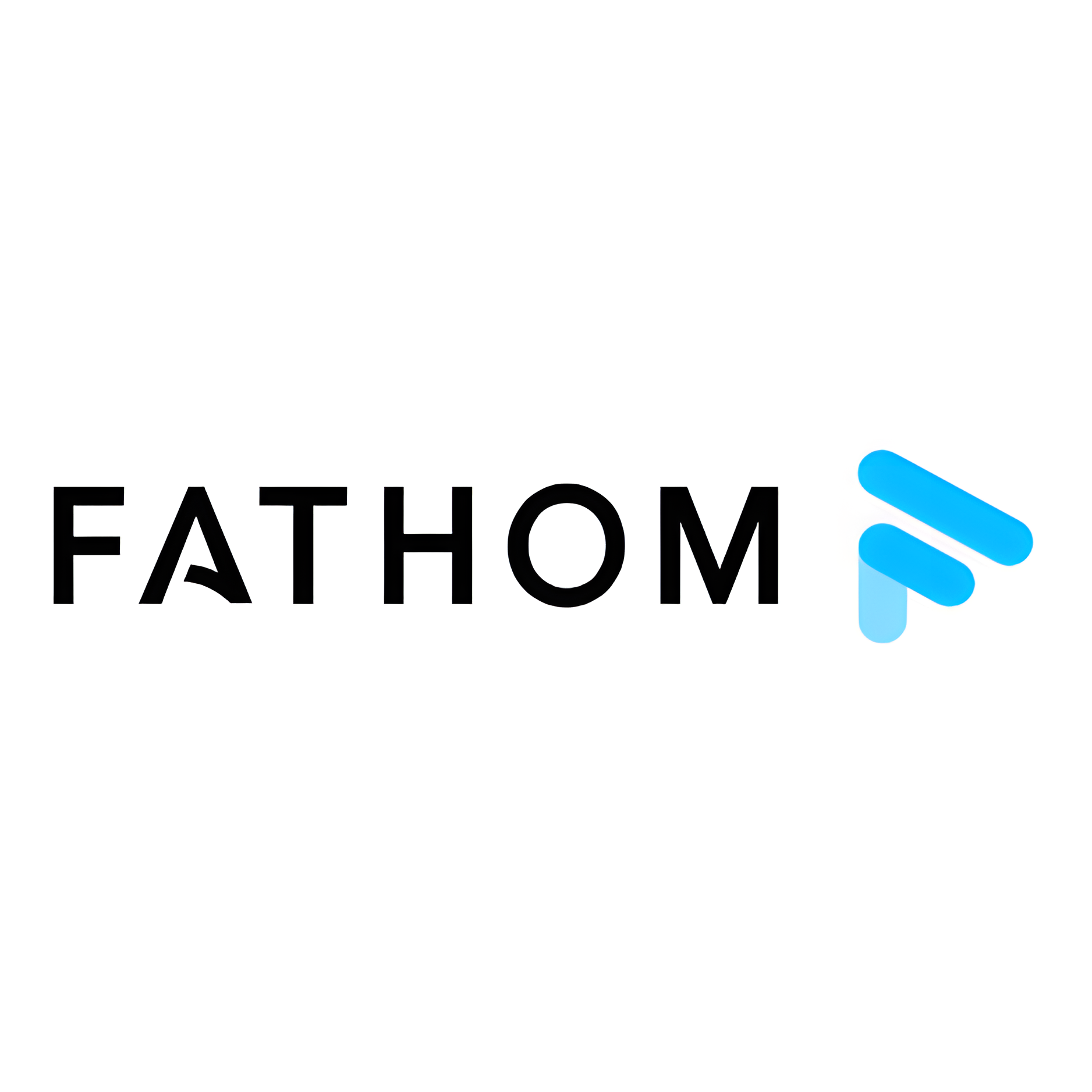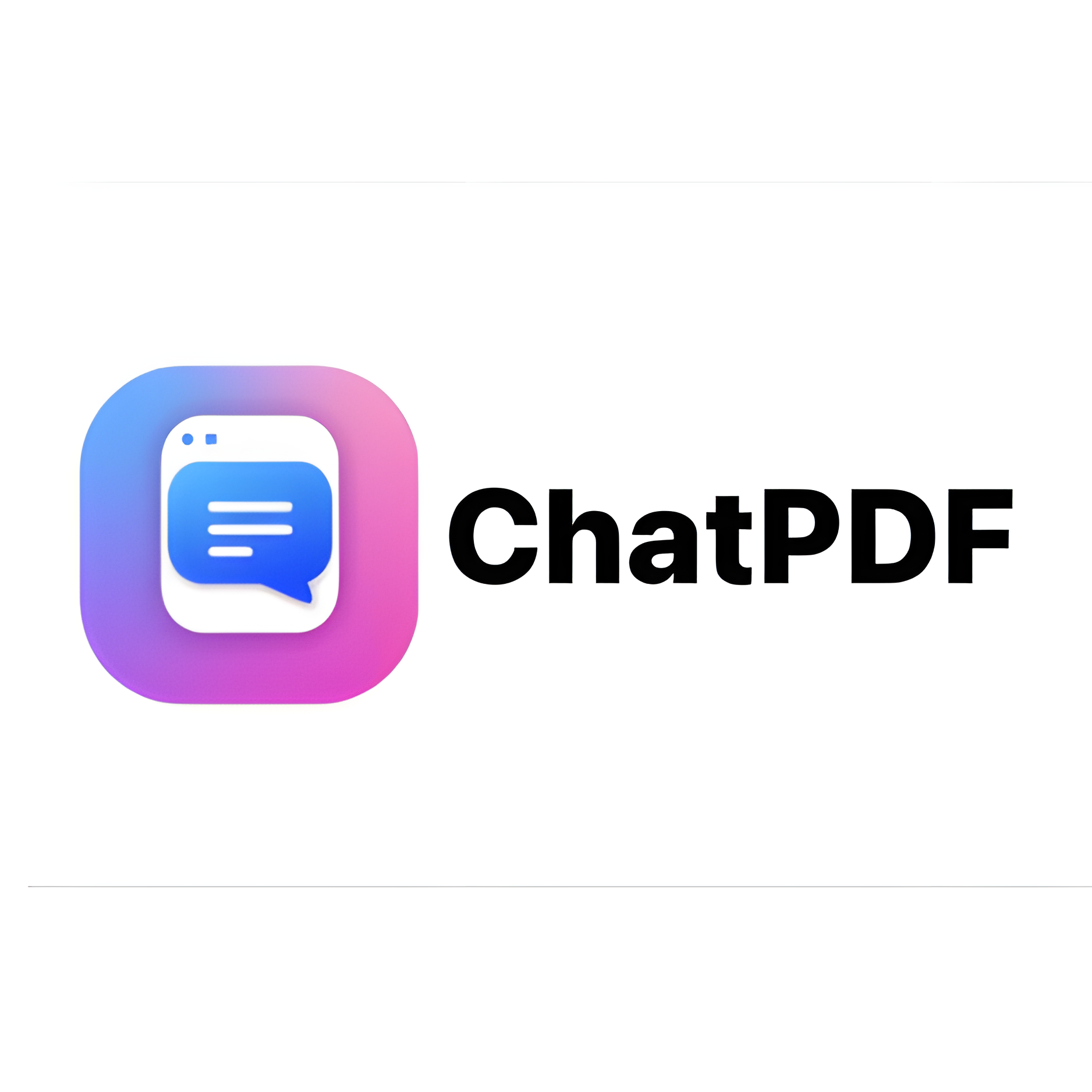Overview
Heuristica is a cutting-edge AI tool designed to streamline and enhance the learning and research experience through robust concept mapping. It provides users with the ability to create and manage intricate knowledge maps, which serve as visual representations of complex ideas and information. By integrating with platforms like Wikipedia, arXiv, and PubMed, Heuristica ensures users have access to a wealth of information, enabling them to delve deeper into their studies with ease.
This tool stands out by offering advanced features such as custom prompts and user-defined buttons, allowing for a highly tailored learning experience. Whether you are summarizing information, creating essays, or generating flashcards, Heuristica's intuitive design simplifies the process, empowering you to learn at your own pace. Additionally, with its ability to adjust expertise levels and integrate multimedia content like podcasts and videos, Heuristica caters to diverse learning preferences and styles.
Overall, Heuristica represents a significant advancement in AI-driven educational tools, combining the power of artificial intelligence with the flexibility of user-directed content creation. It aids learners and researchers in transforming vast amounts of data into coherent, actionable knowledge, thus making the learning journey both productive and enjoyable.
Key features
- Knowledge map creation: Allows users to visually organize complex information into intuitive concept maps, facilitating a better understanding of subject matter.
- Platform integrations: Seamlessly connects with resources like Wikipedia, arXiv, and PubMed to provide extensive research and learning materials.
- Custom prompts: Offers user-defined prompt options to tailor responses and interactions for a personalized learning experience.
- Advanced writing tools: Includes features for generating essays, summaries, and other structured content directly from concept maps.
- Expertise level adjustments: Enables customization of response detail to match the user's knowledge level, enhancing learning outcomes.
 Pros
Pros
- Personalized learning paths: Enables users to create and follow tailor-made learning paths that suit their individual study goals and preferences.
- Interactive user experience: Offers an engaging and immersive learning process through interactive concept maps and multimedia content integration.
- Comprehensive resource access: Provides extensive access to various information sources, ensuring a broad scope of learning materials.
- Enhanced content organization: Aids users in organizing and synthesizing material effectively, making knowledge more accessible and actionable.
 Cons
Cons
- Limited offline capabilities: Relies heavily on internet access, restricting functionality when offline or in areas with connectivity issues.
- Steep learning curve: Users may require time to fully understand and utilize the myriad of features offered by the tool.
- Possible feature overload: The abundance of functionalities could overwhelm users seeking a simpler or more straightforward tool.
- Complex initial setup: Initial setup and personalization might be challenging for users new to AI-powered educational tools.


